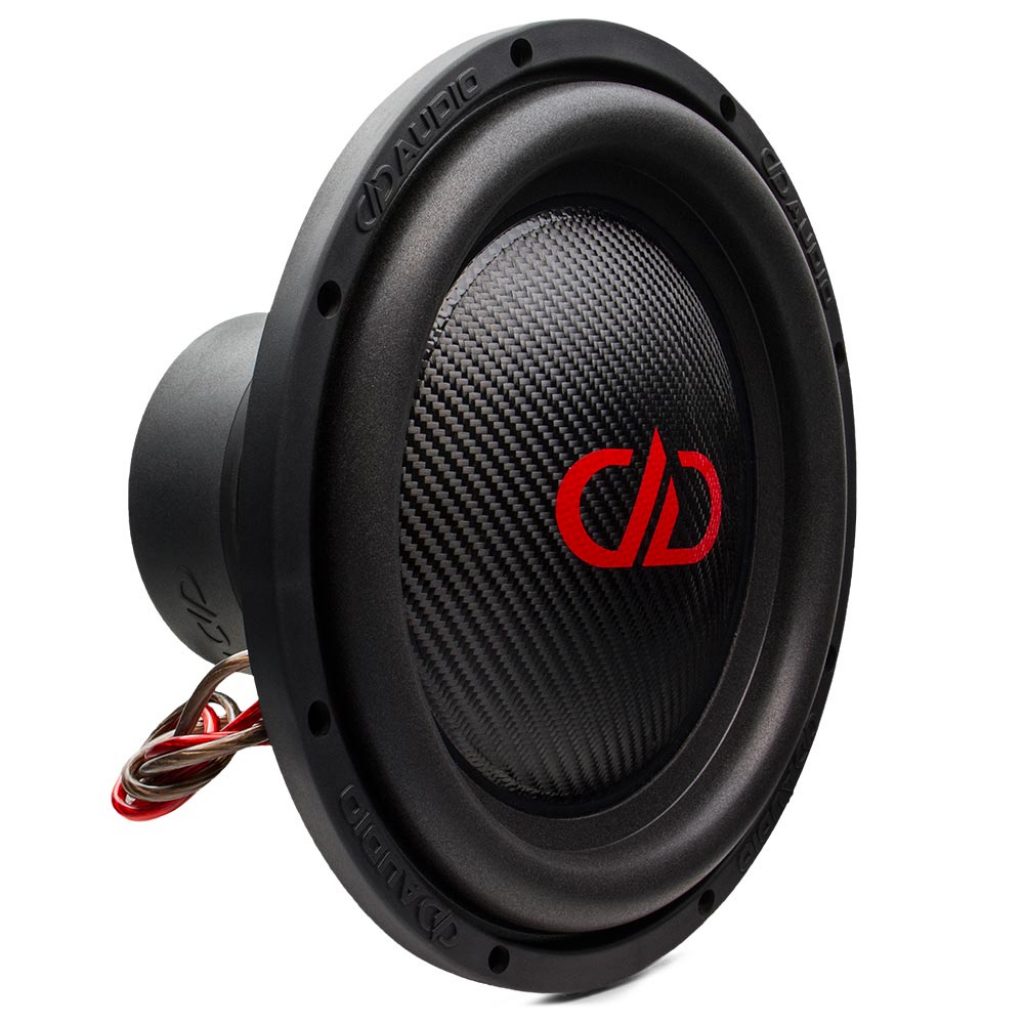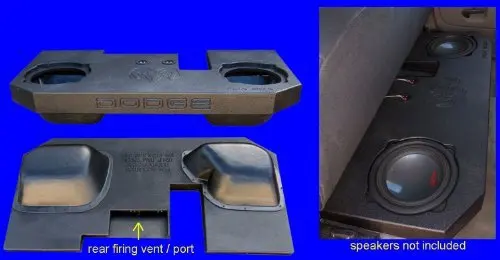

Commercial uses of semiconductor RAM date back to 1965, when IBM introduced the SP95 SRAM chip for their System/360 Model 95 computer, and Toshiba used DRAM memory cells for its Toscal BC-1411 electronic calculator, both based on bipolar transistors.

The two main types of volatile random-access semiconductor memory are static random-access memory (SRAM) and dynamic random-access memory (DRAM). These include most types of ROM and a type of flash memory called NOR-Flash. Other types of non-volatile memories exist that allow random access for read operations, but either do not allow write operations or have other kinds of limitations on them. RAM is normally associated with volatile types of memory (such as dynamic random-access memory (DRAM) modules), where stored information is lost if power is removed, although non-volatile RAM has also been developed. In today's technology, random-access memory takes the form of integrated circuit (IC) chips with MOS (metal-oxide-semiconductor) memory cells. Usually more than one bit of storage is accessed by the same address, and RAM devices often have multiple data lines and are said to be "8-bit" or "16-bit", etc. RAM contains multiplexing and demultiplexing circuitry, to connect the data lines to the addressed storage for reading or writing the entry. A random-access memory device allows data items to be read or written in almost the same amount of time irrespective of the physical location of data inside the memory, in contrast with other direct-access data storage media (such as hard disks, CD-RWs, DVD-RWs and the older magnetic tapes and drum memory), where the time required to read and write data items varies significantly depending on their physical locations on the recording medium, due to mechanical limitations such as media rotation speeds and arm movement. They all have 3D online design tools where you can easily add texts, logos, and other designs.Random-access memory ( RAM / r æ m/) is a form of computer memory that can be read and changed in any order, typically used to store working data and machine code. If you’re looking for a printer that can handle your creatively designed boxes, I personally recommend UPrinting, NextDayFlyers, PrintPlace, and Packola. Here are 42 creative box designs that you must check. If it comes in a pretty box, you’re automatically forgiven. If you’re on a budget, make your gift stand out by buying items that come in creative packaging or putting them inside creative boxes such as the ones below.


Receiving gifts is a validation for all your accomplishments and a reward for all the challenges you’ve surpassed. Enjoy, Creatives! Gift giving is something we all look forward to to end our year. UPDATE: This post was originally published on September 5, 2011.


 0 kommentar(er)
0 kommentar(er)
